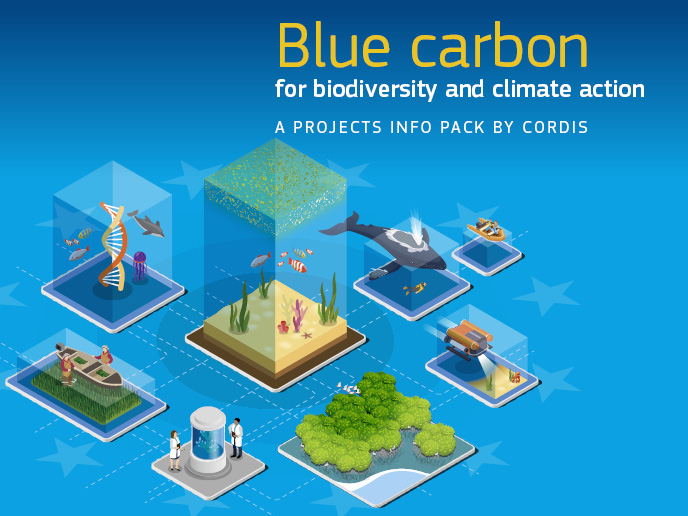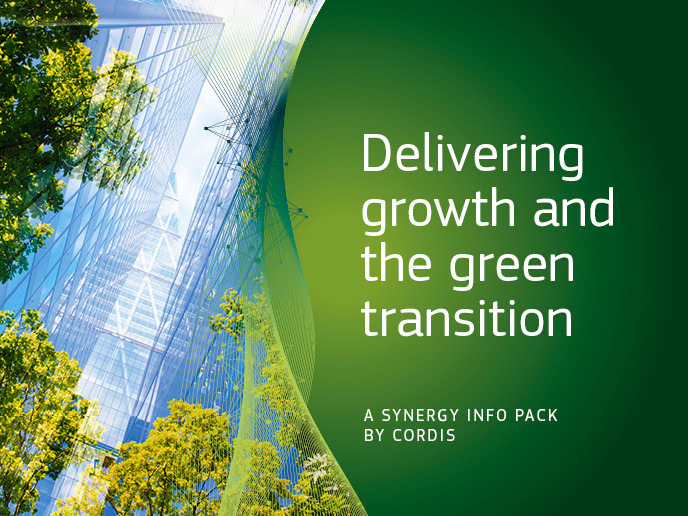Plant knowledge to support hummingbird populations
Hummingbirds are highly diverse, often quite specialised, and forage almost exclusively on nectar. This means they play a key role in ecosystems, especially in pollination. In the tropical jungles and forests of South America for example they are particularly important pollinators at higher elevations where they are able to fly in most conditions. “A key challenge is getting information on which hummingbirds pollinate which plants,” explains Ecol of interactions project coordinator Catherine Graham(opens in new window) from the Swiss Federal Institute for Forest, Snow and Landscape Research WSL(opens in new window). “Different plants attract different hummingbirds.”
Hummingbird species and specific plants
The Ecol of interactions project, which was funded by the European Research Council(opens in new window), sought to learn more about the connections between hummingbird species and specific plants. Graham also saw the project as an opportunity to study the potential impact of environmental change on such a specialised species. For this, the project focused on three mountain regions with distinct evolutionary histories in Brazil, Costa Rica and Ecuador. Sites were set up along an elevation gradient, with the aim of better understanding the dynamic role of hummingbirds. “We worked a lot with local people on this project,” notes Graham. “We established 1.5 km long sites, and within these, partners identified flowers that were likely to be used by hummingbirds.” These tended to be bright flowers with long corollas. These ensure that while bees cannot access the nectar, hummingbirds – with their long bills and tongues – can. University students and local assistants then set up cameras and filmed flowers, visiting the sites every month for the first two years. All camera data was then analysed using AI.
Diverse geographic regions and elevation gradients
This work enabled the team to build up an impressive database. “This is more data than any other project has managed to gather,” says Graham. “We still feel data deficient though, as the tropics are so diverse. Still, this enabled us to look across large geographic regions and at different elevations, while examining temporal dynamics at the local level.” On the botanical side, the project found new species of plants, which were collected and sent to a herbarium in Ecuador. Data on various plant traits was also collected and analysed. The project team then matched traits of the plant and hummingbird and sought to build up a more complete picture of these interactions across the various regions. The project helped to confirm that the length of the flower often correlates with the length of a particular hummingbird’s bill. “We also found that plants that flower at regular intervals tend to have more stable hummingbird communities, which suggests that plants and hummingbirds have co-evolved over time,” adds Graham.
How different species interact with their environment
This work has provided fresh insight into how different species interact with their environment, which is critical for informing targeted and effective conservation strategies for the future. “Knowing which plants are important means that you know which plants you should plant in a restoration project, for example,” explains Graham. All of the information gathered in the project has been shared with local partners. In Ecuador for example, a female-led NGO from a high-elevation community has begun to sell plants that have been shown to attract hummingbirds, thus supporting biodiversity while boosting the local economy. A number of academic papers(opens in new window) have been published, and knowledge exchange between European and South American researchers is ongoing.







